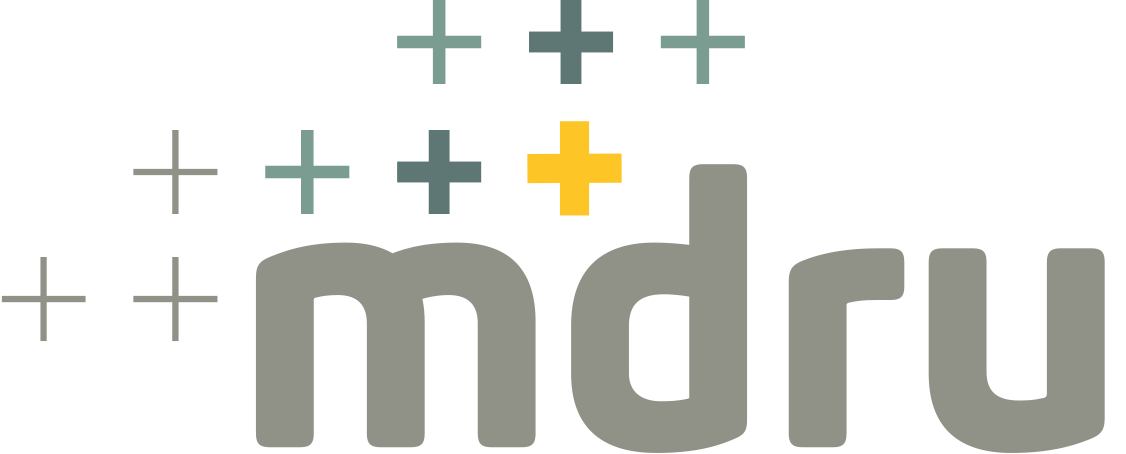Project Information
- Ore Deposit: Porphyry
- Commodity: Copper, Gold
- Research Themes: Exploration Methods
- Location: Central BC
- Project Status: Completed
In central British Columbia, rock units prospective for porphyry and other styles of base and precious metal mineralization are covered by extensive regions of barren Neogene basalt flows, most importantly the Miocene to Pleistocene Chilcotin Group. Effective exploration of targets covered by Chilcotin Group basalts is difficult because of the masking effect these basalts have in interpreting geophysical data (e.g., high magnetic susceptibility) and hindering development of regional stream and lake sediment geochemical anomalies.
This is a targeted one-year pilot study to investigate the possibility of detecting a geochemical signal of the geology underlying the basalts. This project partly builds on successful recent Geoscience BC funded projects on geochemistry above mineralization deeply buried under fluvioglacial material. We will use a variety of sample media including soils developed on basalts, paleosoils between basalt flows, vegetation, and oxidized fractures or weathering surfaces on the basalts. Several partial and selective extraction analytical techniques will be applied and soil pH will routinely be measured. Study areas may include the locally basalt-covered Woodjam district, the Rayfield River deposit and the Chilcotin River E and W showings. A final selection of the study site will be made after an initial field visit. We expect this project to lead to a geochemical sampling and analytical strategy that will make exploration in basalt-covered areas significantly more effective.
PUBLICATIONS
Geoscience BC Report 2013-17 contains the results of samples collected over known porphyry style Cu-Au mineralization at the Deerhorn and Three Firs prospects in the Woodjam Area. A variety of sample media have been collected, including Ae-horizon and B-horizon soils, spruce bark and spruce twigs as well as a limited number of clay and carbonate amygdules in basalt. The 54 page report is presented in pdf format, analytical data have been provided in Excel (XLS) format and lab reports for organo-sulphur and soil gas hydrocarbon predictive geochemistry have also been provided in pdf format.



